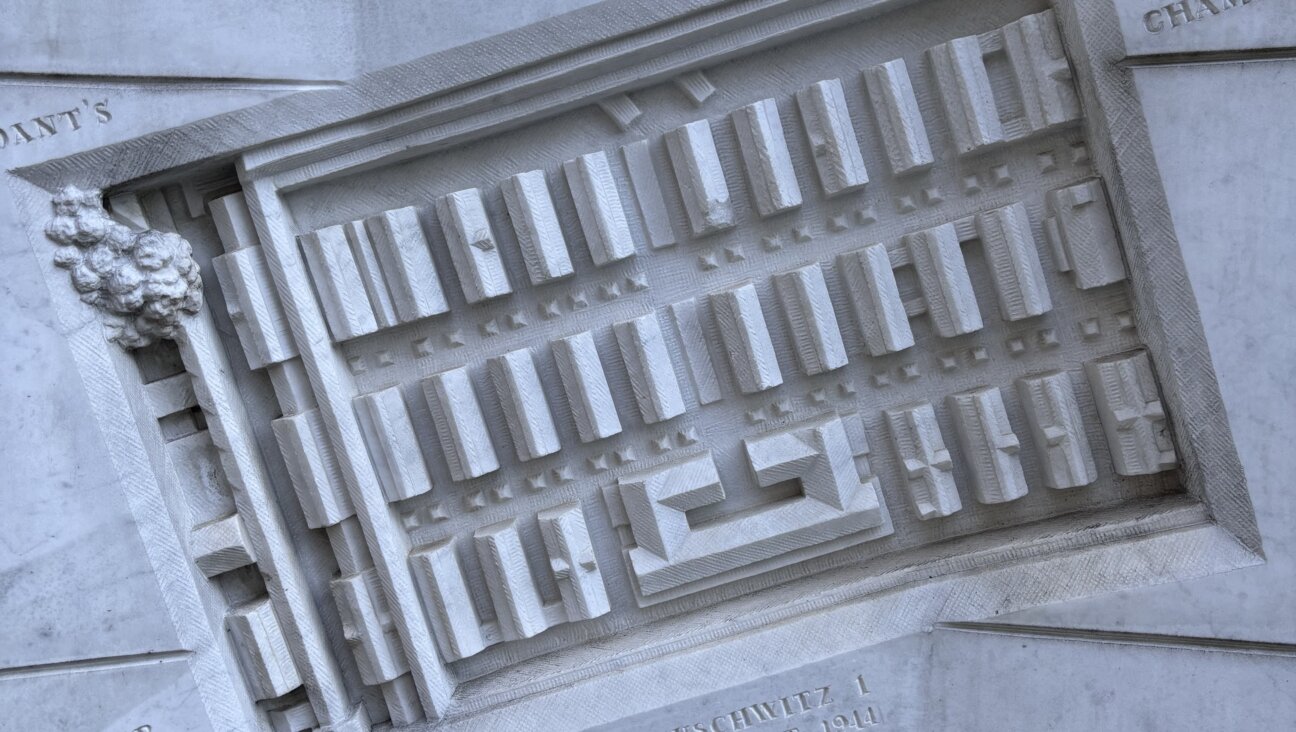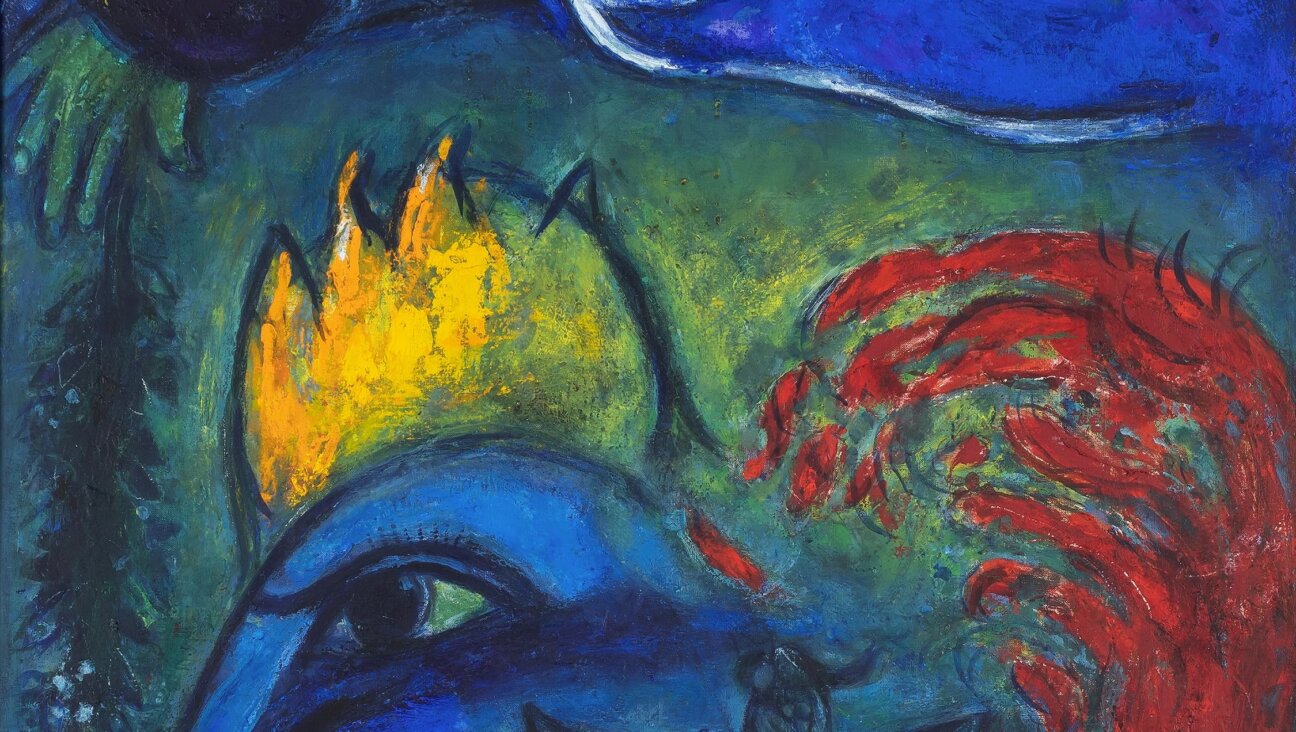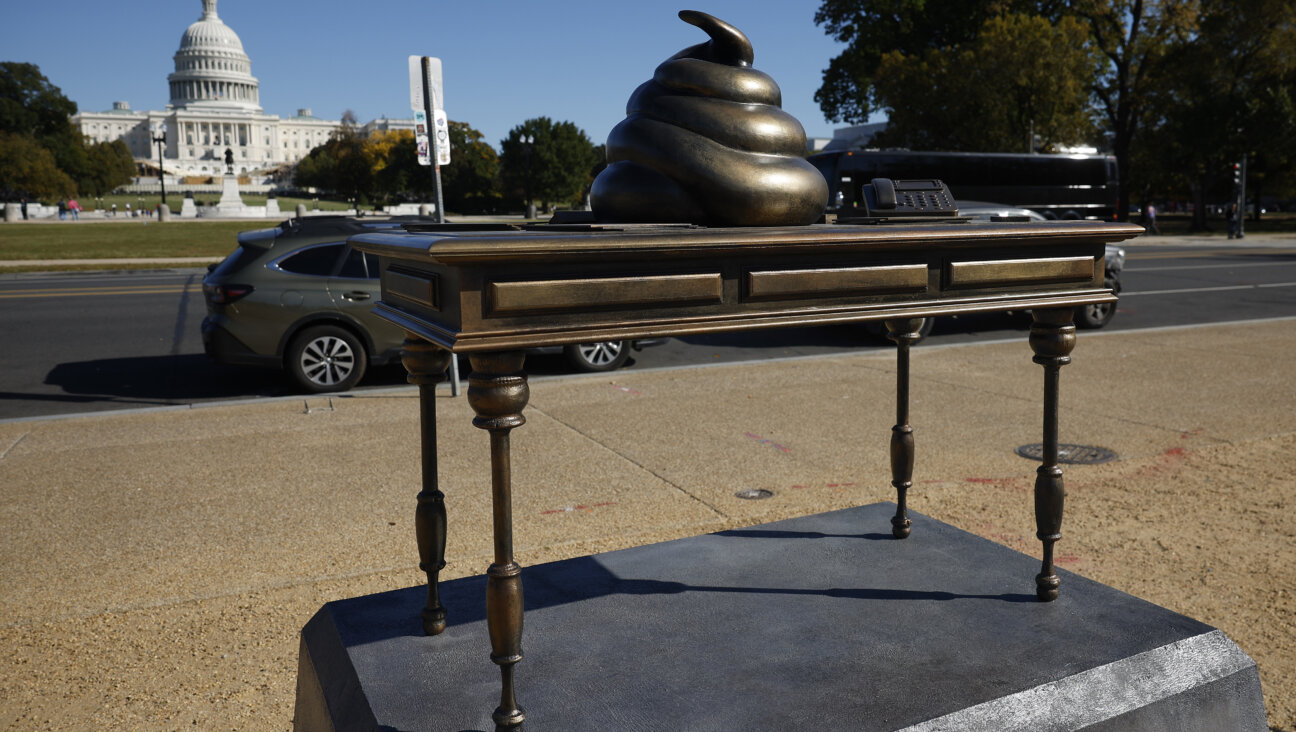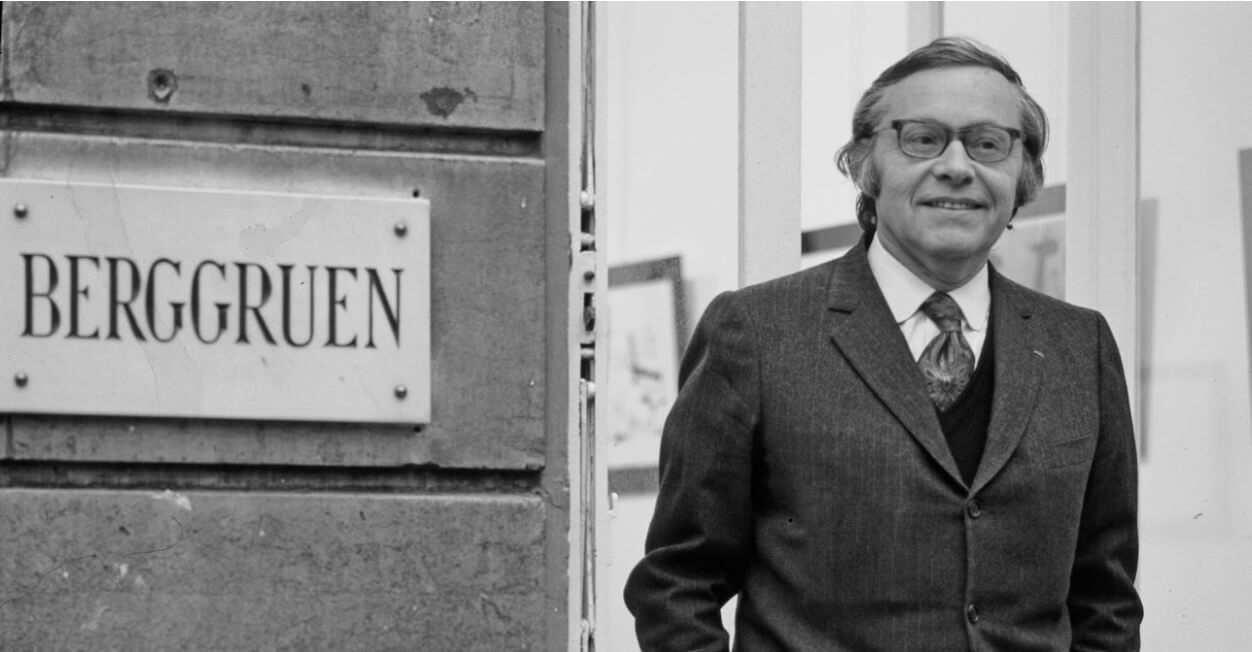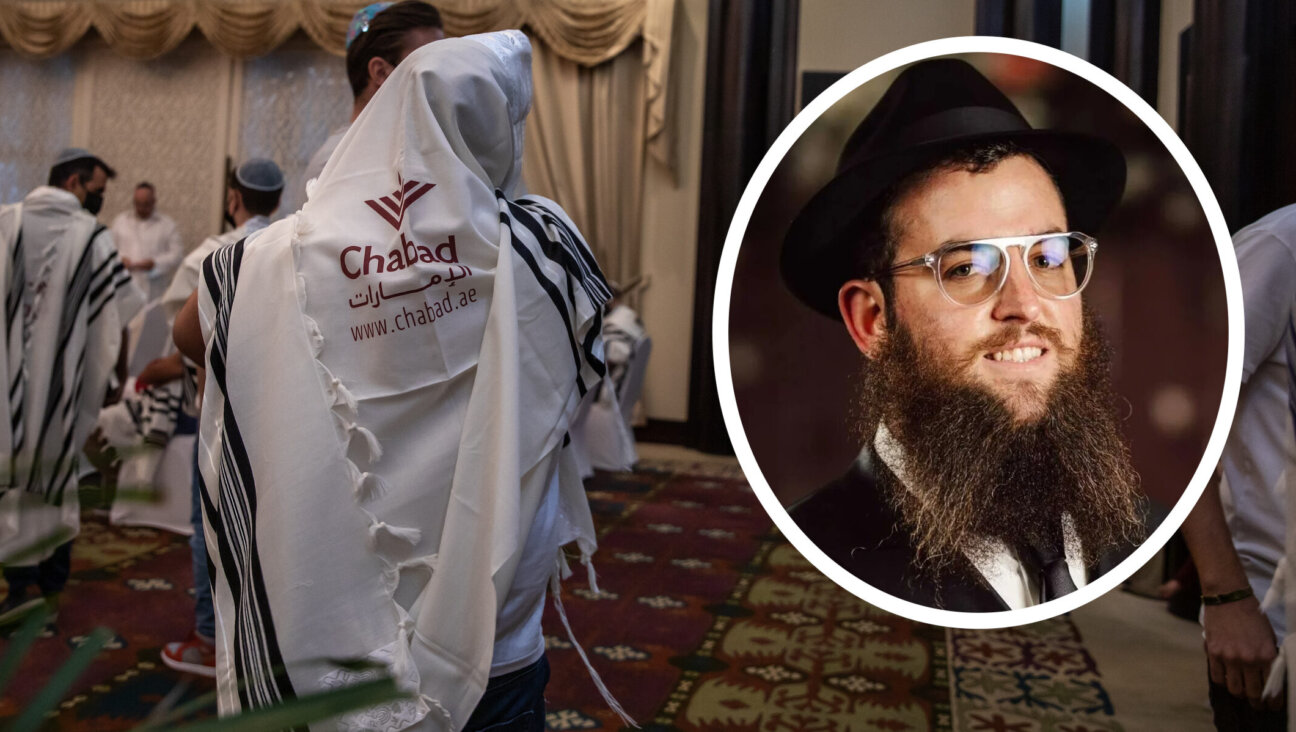Remembering Oskar Rabin, Soviet Painter, Dissident And Exile

Oskar Rabin on May 3, 2018. Image by JOEL SAGET/Getty Images
Oskar Rabin, a leading figure in subversive Soviet art who first gained international attention for hanging from a moving bulldozer, died November 7 in Florence. He was 90 years old.
Rabin was in Florence for an exhibition of his work, The New York Times reports. The filmmaker Evgeny Smoljanski, who directed a documentary about the artist, made his death public on Facebook on November 11.
Born in Moscow to Latvian-Jewish doctors in 1928, Rabin was orphaned by the age of 13. He spent his adolescent years, which overlapped with World War II, living in various children’s dormitories. In 1944 he moved to Riga, Latvia to live with an aunt and enrolled in an art academy. After the war he briefly studied at the Surikov Art Institute in Moscow but was expelled within a year for “formalism.” He then became a foreman for dockside truck loaders, Tablet reports.
By the mid-1950s Rabin returned to making art. With a number of his contemporaries, he flocked to learn from the painter and poet Evgeny Kropirnitski in his home in industrial suburb of the Lianozovo District. (Kropirnitski was also the father of Rabin’s wife of six decades, Valentina Krapivnitskaya whom he met through his mentor.) There, living in a converted barracks, Rabin became part of a loose collective known as the Lianozovo Group, a movement that had no prevailing style beyond bucking the state-sanctioned school of Socialist realism and its heroic and non-abstract depictions of the worker. Rabin’s work was heralded as epitomizing the politics and worldview of the school, which had no formal technique or guiding aesthetic principles.
Rabin’s art, for which his preferred materials included a blend of paint and sand, was impressionistic, unglamorous and palpably political. Rather than accept the doctrine of the worker’s utopia pushed by the Soviet government, his work depicted another kind of realism, focusing on dreary scenes of Soviet life: Dead fish resting on a torn issue of Pravda, landscapes of squalor with empty vodka bottles on the ground and collages that regularly featured his passport. The passport as leitmotif was a common injection of autobiography into Rabin’s work, as he lived his life after 1978 in exile in Paris following four years as a well-known political agitator.
On September 14, 1974 Rabin was the principal organizer of an outdoor exhibition of what Soviet authorities called “nonconforming artists.” Forbidden by those same authorities from displaying their art in galleries, the 40 artists featured held the show in a vacant lot. Soon after the event started, policeman dressed as construction workers aggressively dispersed the crowd with fire hoses, dump trucks and, most notably, bulldozers.
Known to posterity as the “Bulldozer Exhibition,” Rabin reportedly clung to the blade of a bulldozer driving toward him and was later arrested along with his son Aleksandr, then 22. The violence at the exhibition, attended by a crowd of hundreds including Western diplomats, was met with international outrage and forced the Soviet Union to respond by hosting an exhibit of nonconformist art in another park.
Rabin continued to prove a thorn in the Soviet Union’s side. In 1978, authorities approached him with the prospect of a three-month residency in Paris. The offer was in fact an ultimatum. If Rabin didn’t leave, the government threatened criminal proceedings against him for making subversive art. While he was away, the Soviet Union stripped him of his citizenship.
Despite his long émigré life, and a gradual shift toward Parisian scenes in his art, Rabin never felt like his identity was in flux. “Journalists continuously ask whether I consider myself French or Russian,” Rabin said in a 2012 profile in Tablet. “But I am neither, I am a Soviet man. I spent half my life as a Soviet man.”
Yet while Perestroika restored Rabin’s citizenship in 1990 his art eventually came to be celebrated in his native Russia — including in major exhibitions for his 90th birthday in the State Russian Museum in St Petersburg and the AZ Museum in Moscow this past April — he never moved back.
PJ Grisar is the Forward’s culture intern. Contact him at [email protected]
A message from our CEO & publisher Rachel Fishman Feddersen

I hope you appreciated this article. Before you go, I’d like to ask you to please support the Forward’s award-winning, nonprofit journalism during this critical time.
We’ve set a goal to raise $260,000 by December 31. That’s an ambitious goal, but one that will give us the resources we need to invest in the high quality news, opinion, analysis and cultural coverage that isn’t available anywhere else.
If you feel inspired to make an impact, now is the time to give something back. Join us as a member at your most generous level.
— Rachel Fishman Feddersen, Publisher and CEO








